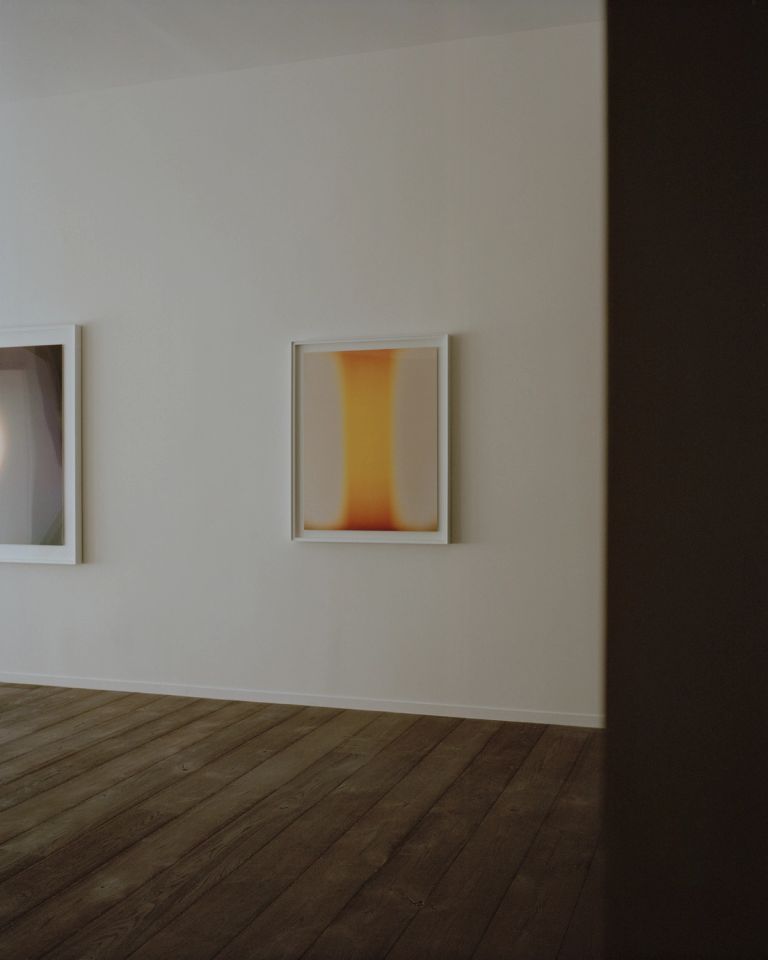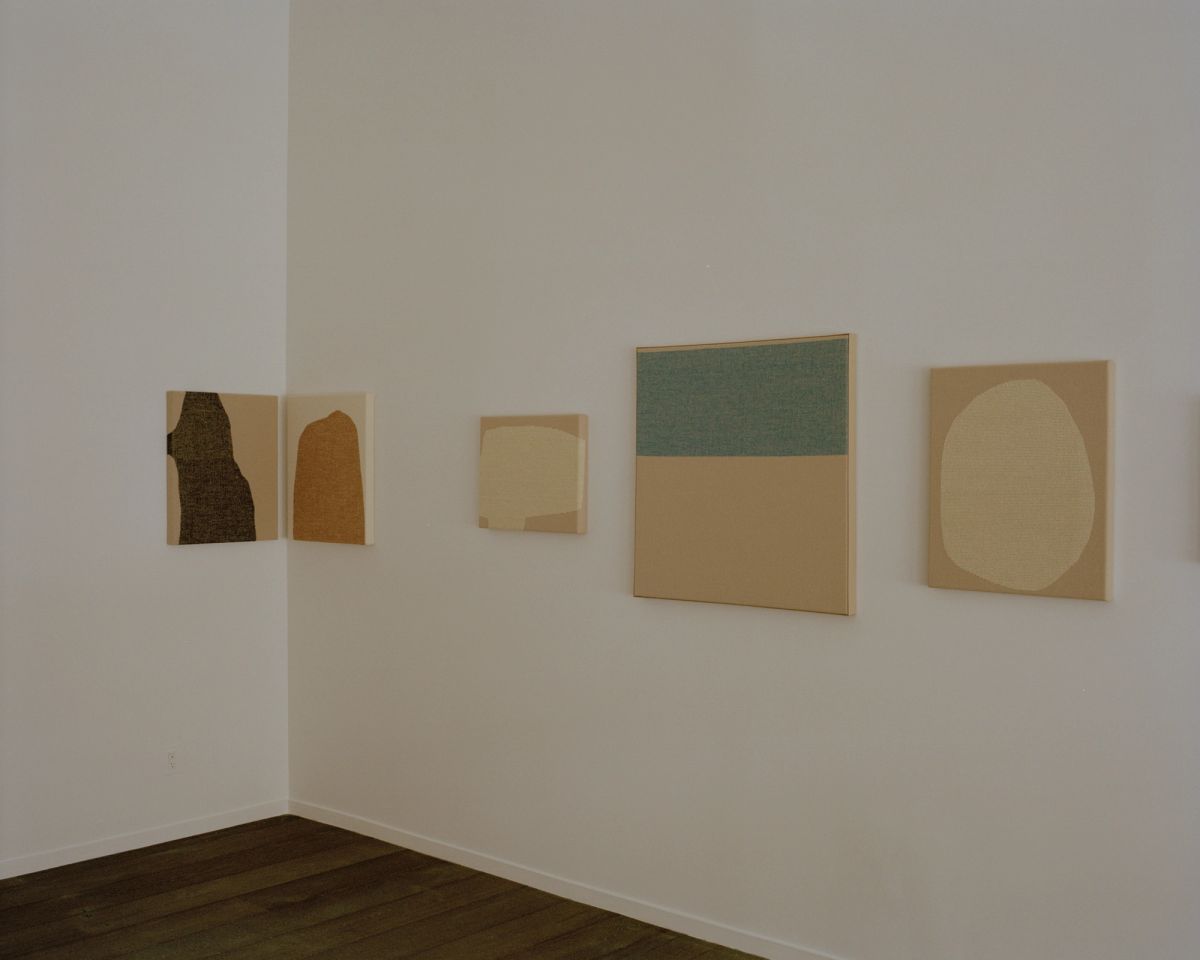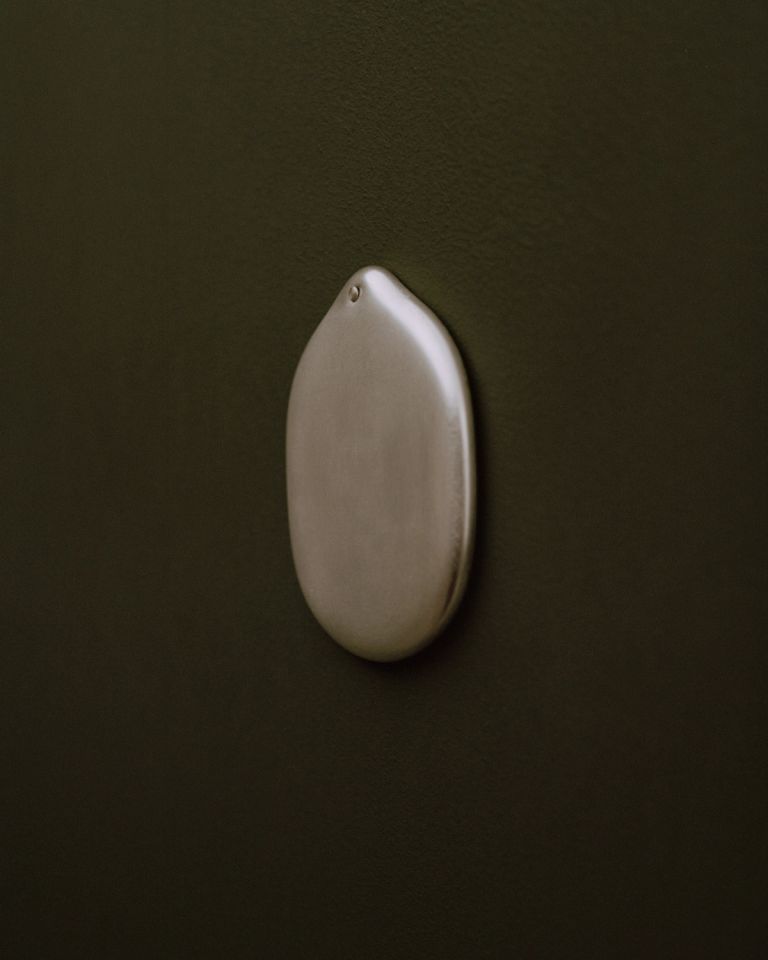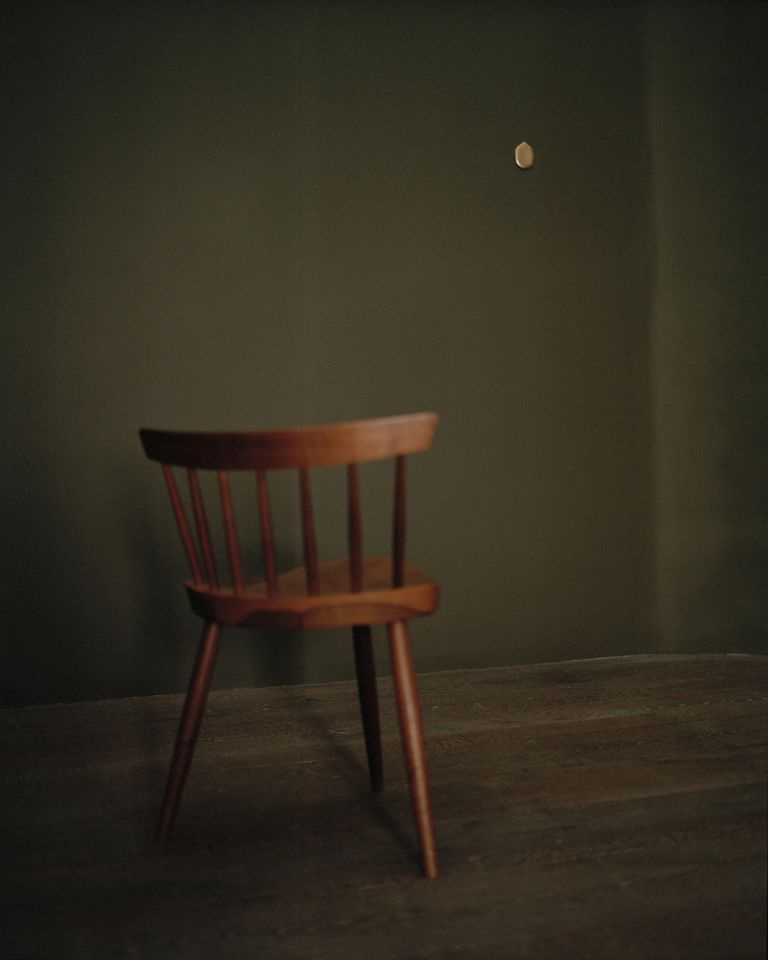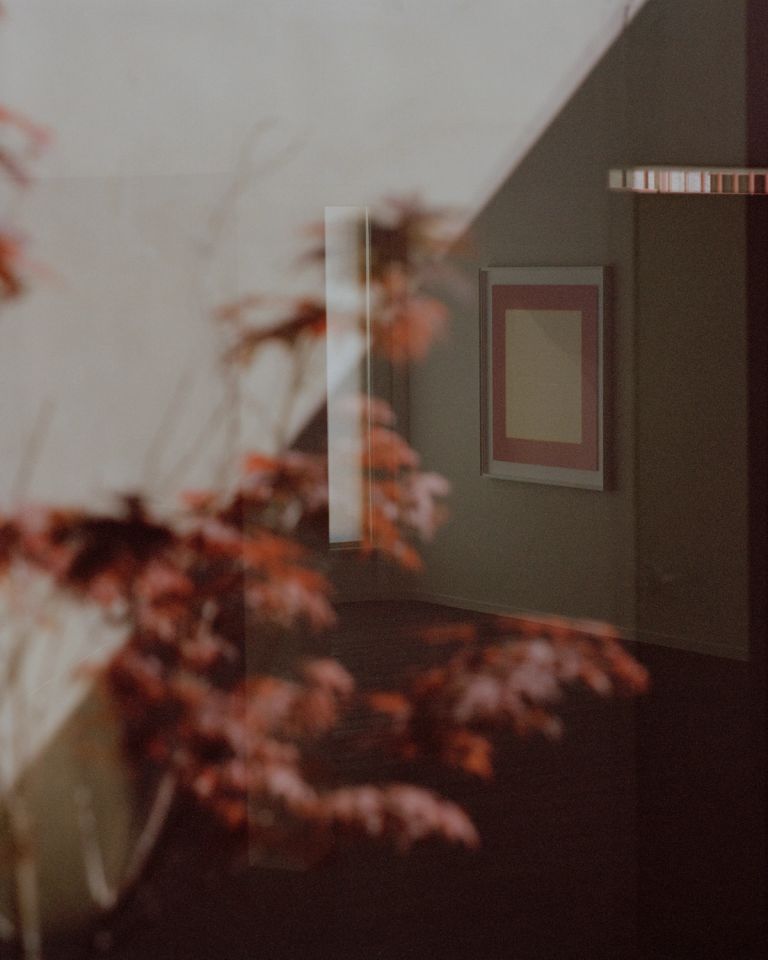Group Exhibition: AnewApr 20 – Jun 15, 2024
The rhythm of our lives is dictated by the turning of the planets, the tilt of the earth, and its position relative to the sun – and it is this dance of planets and stars that dictates our access to light and heat, that divides night from day, and that governs the gradual slide from winter into spring, summer to autumn.
The artists Garry Fabian Miller, Chris Halstrøm and Andrea Walsh each have their own particular relationship to light and heat – with practices that rely, to a greater or lesser extent, on the application and manipulation of these elements.
Heat is indispensable to Walsh’s practice, using fluctuations in temperature to transform solid to liquid – and all states in between. Through a mastery of heat, Walsh creates impossibly fine wafers, elegant curves and soft droplet-like forms in glass, which she might fire-polish until crystal clear, or laminate with thin coats of 22-carat gold. Each piece will be heated, cooled and polished many times over before finding its final form; contrasting the immediacy and intensity of the heat, with the slow solitude of hand-polishing.
Garry Fabian Miller – a photographer without a camera – uses light to burn colour and composition into sheets of Cibachrome paper, a now obsolete photographic paper that was unique in that it held all of the dyes within its emulsion, in layer after layer.
From the deep black of the darkroom, the artist would build his images using highly-controlled lighting conditions, extremely long exposure times, and a complex installation of ‘intermediaries’ – objects such as paper cut-outs and coloured glass vessels, filled variously with water or oil. A beam of light, or even a lit match, is then introduced, travelling through this scene – the different materials and colours, densities and viscosities – until it reaches the paper on the other side of the room, where it leaves an impression of its journey.
Informed by her travels through the Californian desert – a slow and ancient landscape hewn by intense heat – Chris Halstrøm’s latest body of work draws upon the topography of this vast terrain, which the artist found to be both profound yet familiar, resembling visual hallucinations Halstrøm experienced as a child and teenager.
Documented in sketches and colour studies, the artist returned to her studio in Copenhagen with a new vocabulary of shapes – monolithic, organic, idiosyncratic – which became paper cut-outs or stencils, much like those used by Fabian Miller to block and guide the light in his darkroom.
With a faint outline on the coarse wool upholstery fabric, Halstrøm begins to embroider; starting, at one end or the other, creating small vertical stitches of the same length, in a single colour, evenly spaced across the surface. When presented in contrasting tones, blue on beige or pink on ecru, the forms and shapes come to the foreground – be it a rock or pebble; a crevice or crack; a formation of clouds or a murmuration of birds – but when working tone-on-tone, the embroidered patches act more as a relief, a faint yet exquisite play of light.
Seen en-masse, the eye picks up nuances within the embroidery: the ever-so-slight variations in the length and spacing of the stitch, as well as subtle fluctuations of the thread itself, an unevenly-spun blend of cotton and linen – and so, despite their seeming uniformity, the surfaces seem to flicker and fizz, like heat haze or static on a screen.
Similarly, Fabian Miller’s highly-saturated surfaces seem to actively contain an energy, which radiates outwards. There is a palpable sense of white heat to his solar forms – the result, perhaps, of their making, as the colour white is achieved in Cibachrome by burning away all of the other layers of pigment.
Whilst Fabian Miller understands light in terms of colour and chemistry, Walsh uses it to create complexity, allowing her to play with ideas of opacity and transparency, density and delicacy.
An ovoid vessel with a thick, grounding base and tracing-paper sides reacts to the light, transforming under different conditions to reveal or conceal the gold piece that sits, pleasingly, at its centre. In another piece, two palm-sized ovals – one in glass, one in gold – interact: layered one atop the other, the glass has started to lift, curling up on both sides, peeling away from the flatness of the metal beneath. The curvature of the glass creates a compelling composition, an on-going conversation between the two materials, where the transparent wisp imposes itself upon the golden base, throwing shadows and drawing curved lines onto its shimmering surface.
Heat and light are intertwined and interwoven throughout these works – present explicitly and implicitly, materially and formally. From the subtle shine of Chris Halstrøm’s linen thread and the intricate refractions and reflections of Walsh’s glass and gold – to the ferocious brilliance of Garry Fabian Miller’s work, emitting a heat and light in which one can bathe.
Featured Works
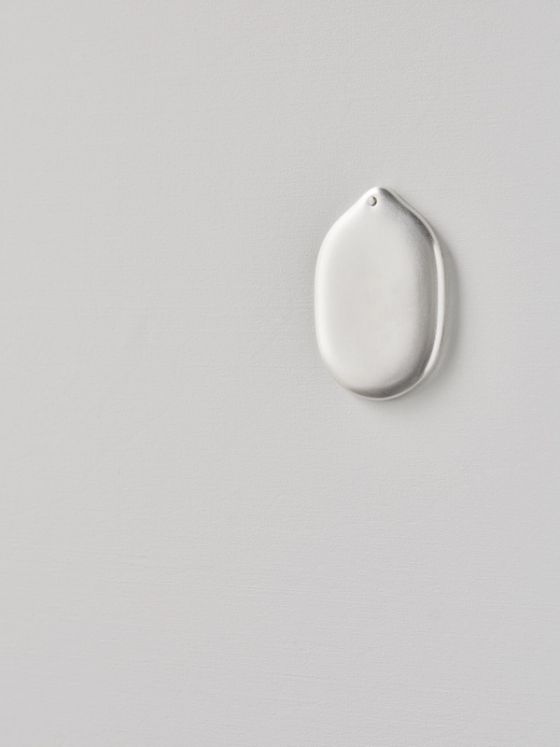
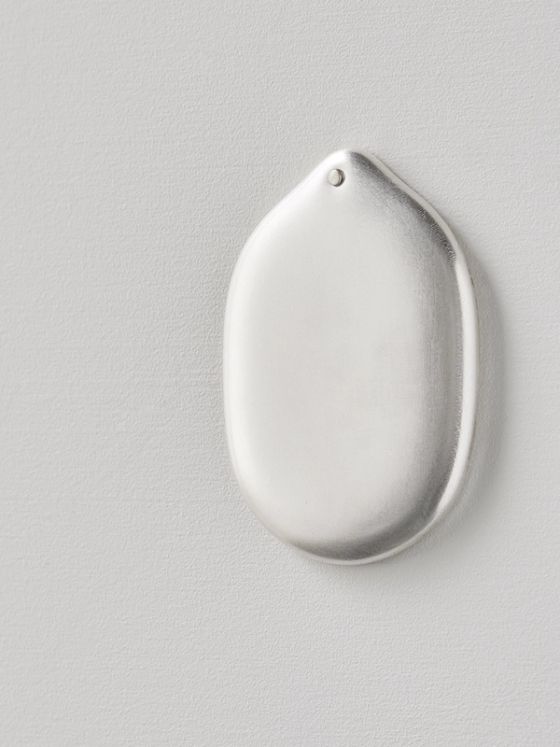 LA Gallery
LA GalleryAndrea WalshWall Piece 2, 2024
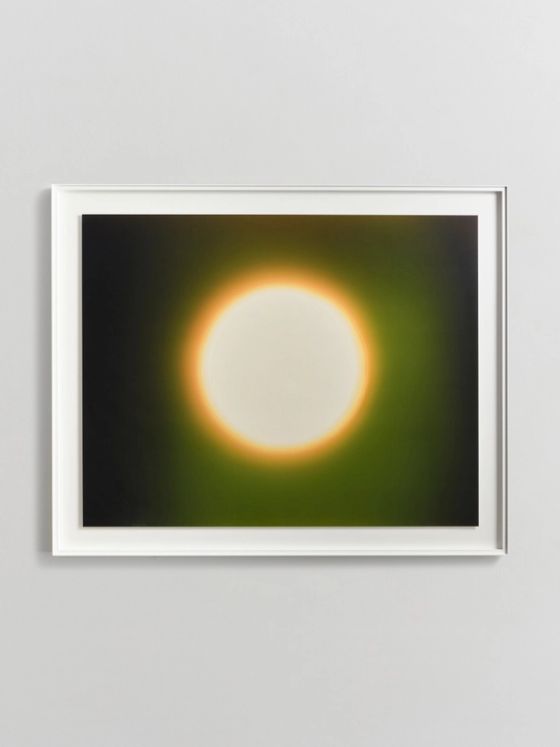

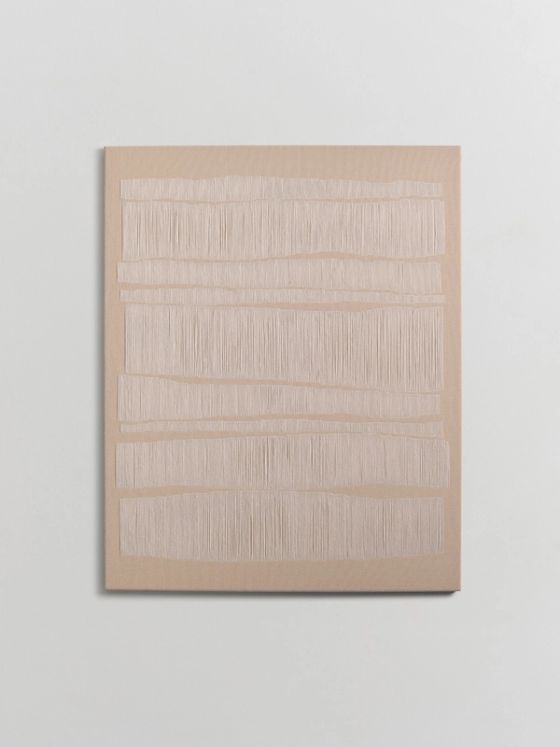
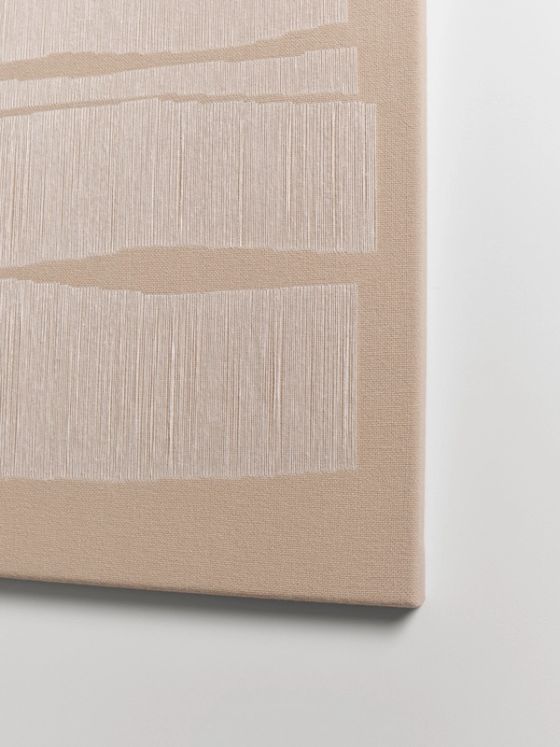 LA Gallery
LA GalleryChris Liljenberg HalstrømSalt, 2024
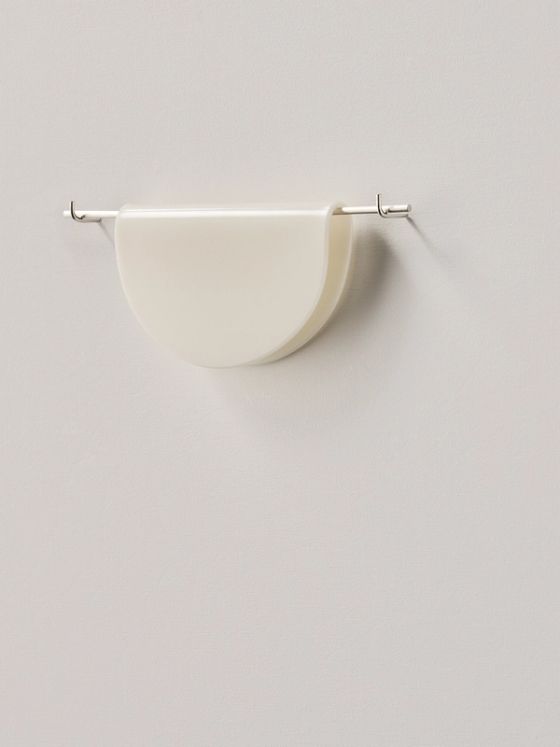
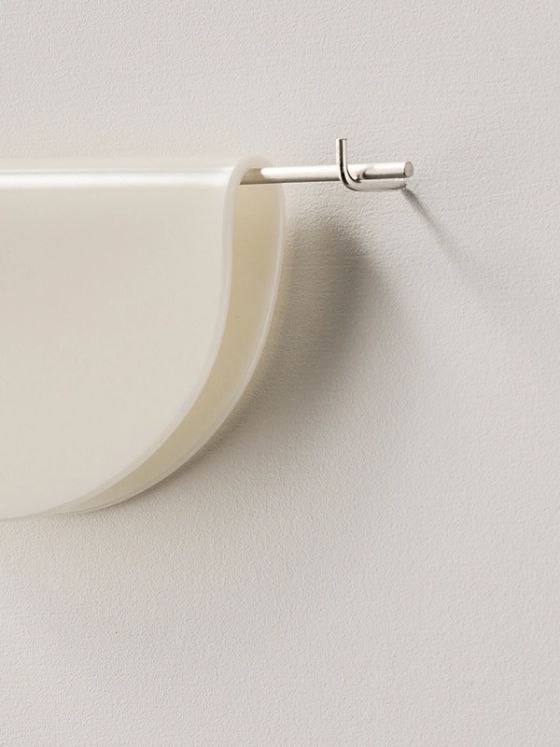 LA Gallery
LA GalleryAndrea WalshWall Piece, Draped 10, 2024
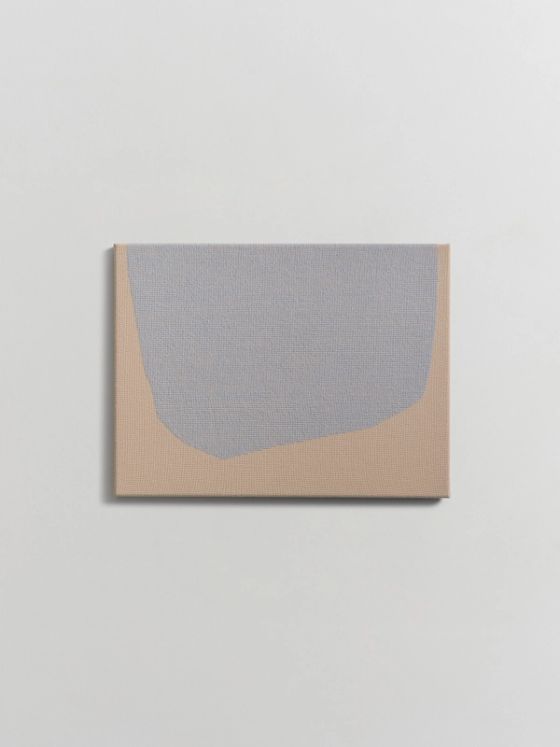
 LA Gallery
LA GalleryChris Liljenberg HalstrømSky, 2024

 LA Gallery
LA GalleryAndrea WalshWall Piece, Curved 6, 2024
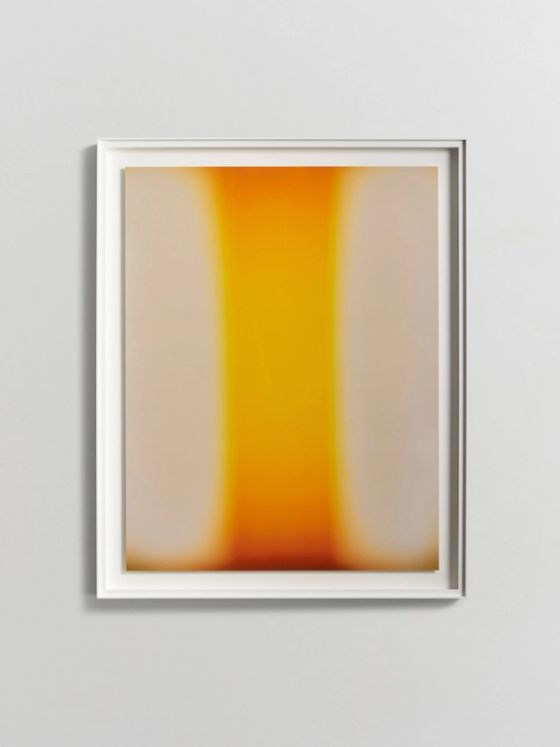
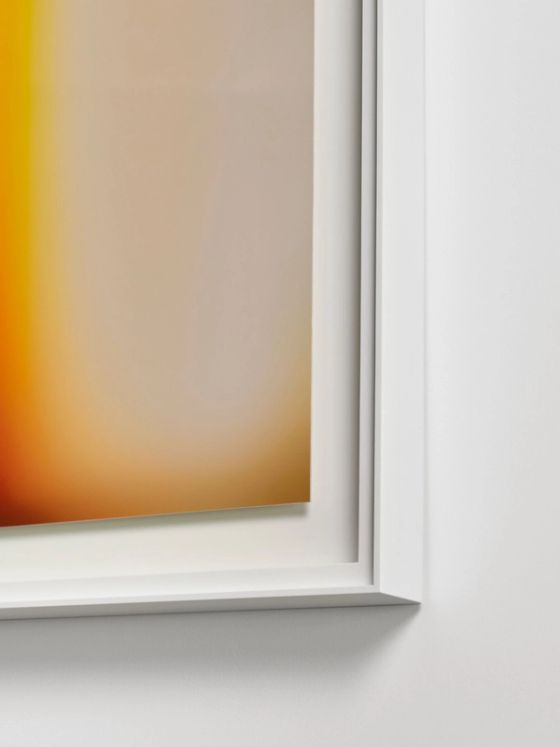


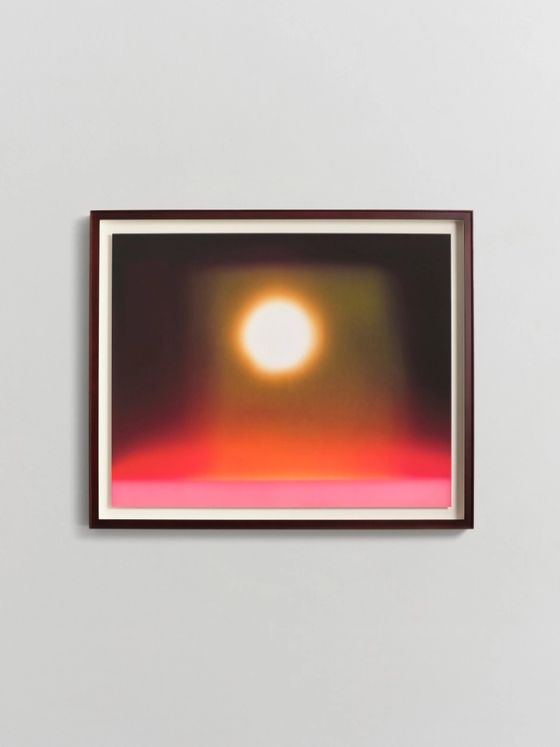


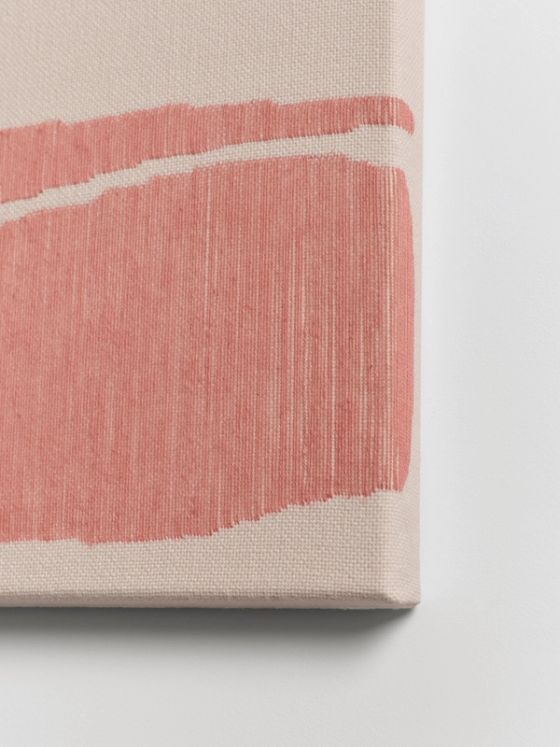 LA Gallery
LA GalleryChris Liljenberg HalstrømHills I, 2024

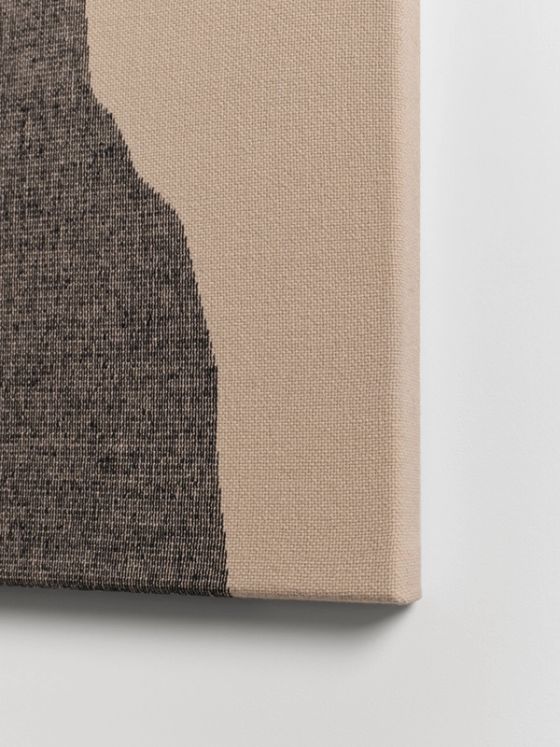 LA Gallery
LA GalleryChris Liljenberg HalstrømFlow, 2024

 LA Gallery
LA GalleryAndrea WalshWall Piece 1, 2024
Featured Artists
- Andrea Walsh
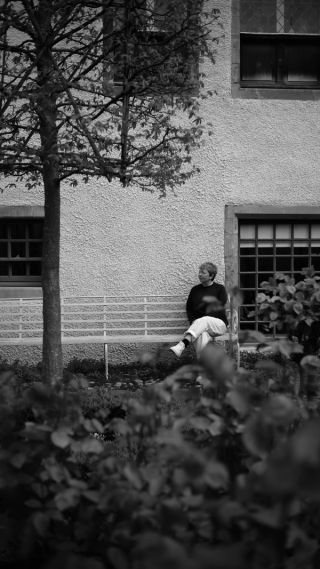
Working in ceramics, glass and metal, Andrea Walsh creates objects that celebrate the ancient and alchemical qualities of her materials. By exploring ideas of containment and value through her considered, tactile objects, she prompts viewers to engage in a spontaneous interaction with her work.
- Chris Liljenberg Halstrøm
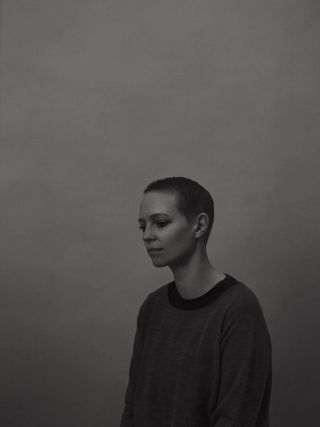
There is an intrinsic connection to the passage of time in Halstrøm’s work. Her laborious stitches force the viewer to pause, and to pore over the work’s surface. “I feel that my final pieces reflect a sense of time and an anonymous presence of effort,” she says. “There are no short cuts."
- Garry Fabian Miller

Since 1985, Garry Fabian Miller has made cameraless images, essentially abstract photography without camera or film, exploring the possibilities of image-making in works that continue to acknowledge the rhythms of nature and passing of the seasons.
Related exhibitions
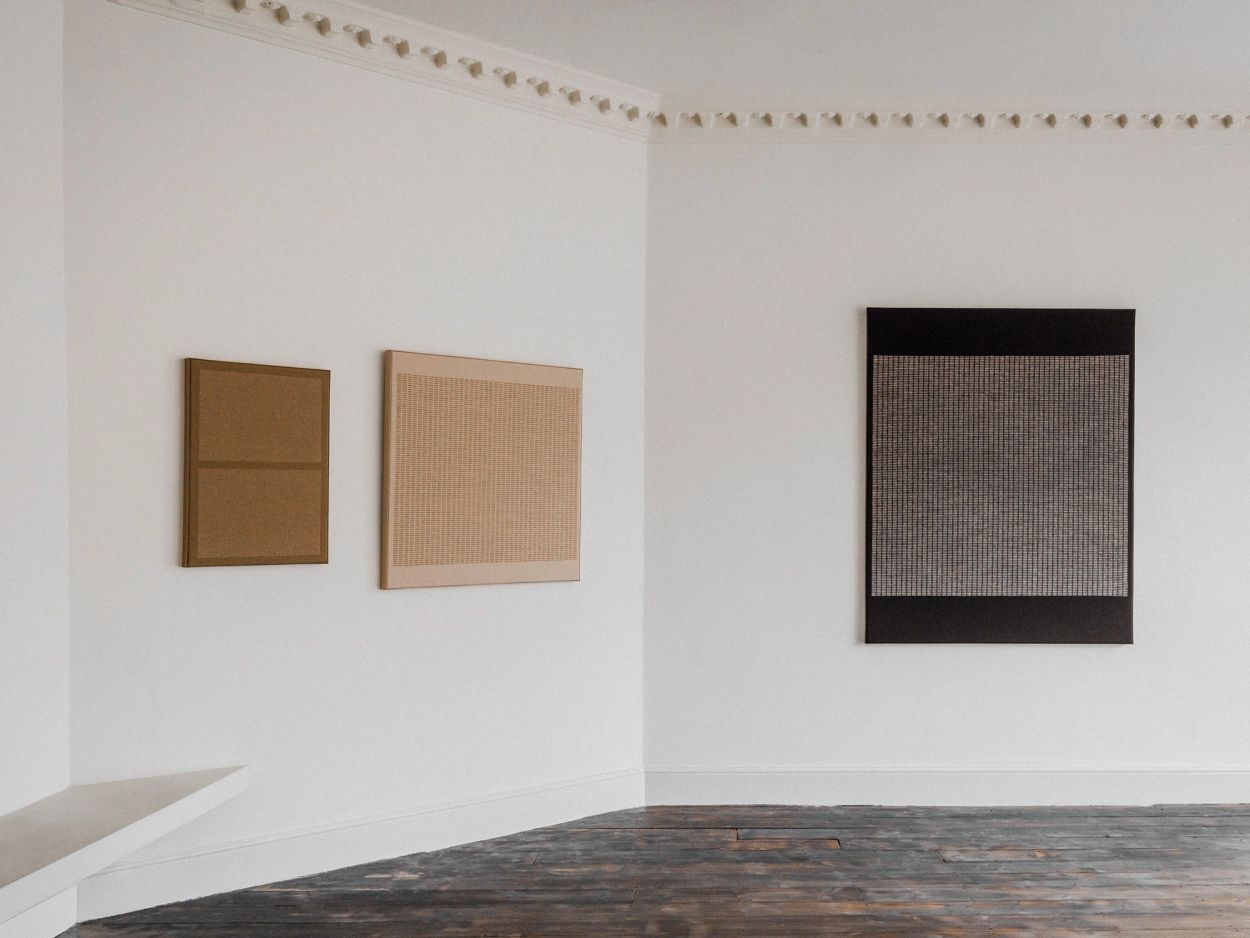
In her solo show Continuum, Danish-Swedish textile artist Chris Liljenberg Halstrøm explores the relationship between material and time, and between the individual and the whole. “Every step of the process has the same amount of importance,” she says. “In some ways, embroidery could be seen as tedious work, but it feels dynamic to me. Every time you make a stitch, you are one stitch further in your work. Even if you can see there is at least a month’s work left to go, you see progress all the time. It is very calming for my mind.”



